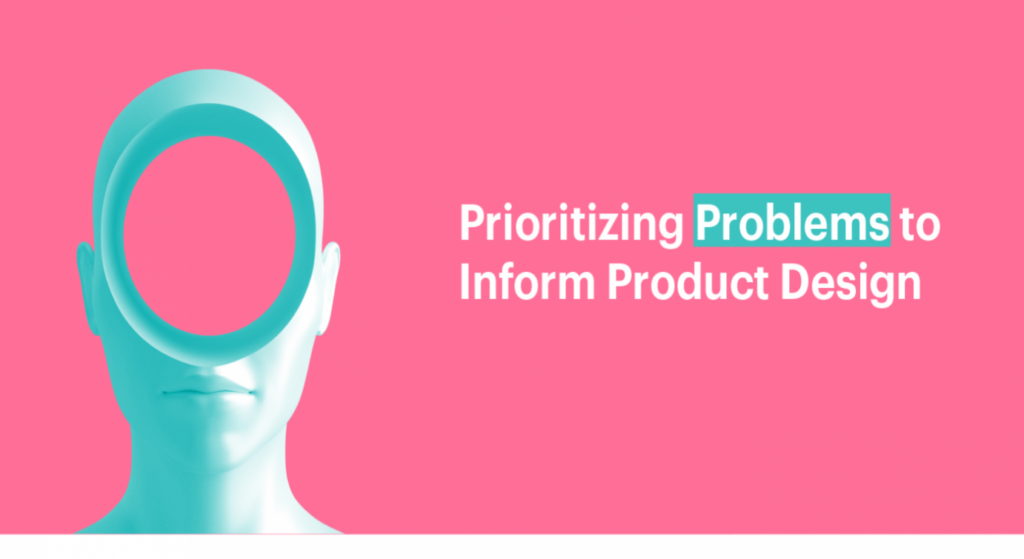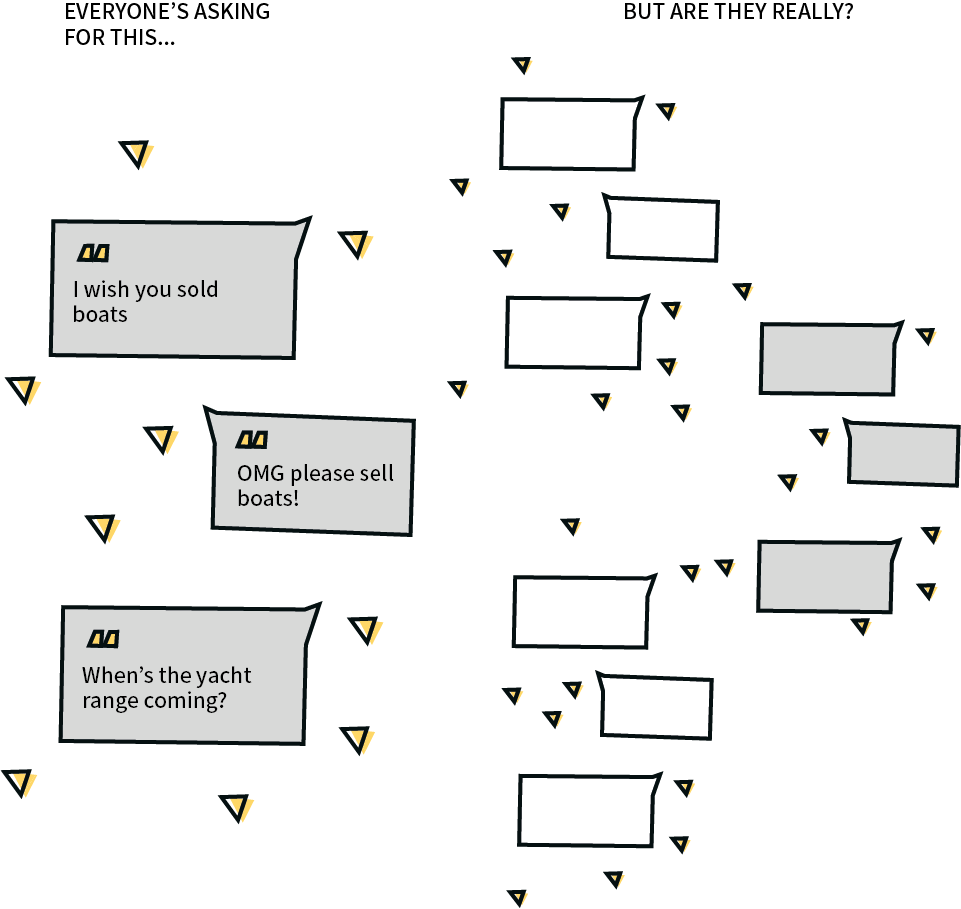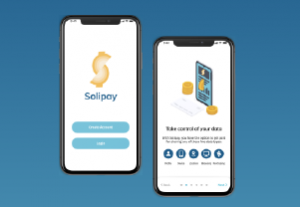- Product design, Psychology and Human Behavior, Research Methods and Techniques, Team Dynamics
What if we shift the focus from solutions to problems? A view on UX research and why prioritizing problems pays off in the long run
Article by David Lick, Julia Barrett
Prioritizing Problems to Inform Product Design
- Focusing on solutions as you start UX research might lead to misunderstanding or overlooking user problems, which in turn, damages the whole design and development process.
- To decrease the risk of poorly developed solutions and costly adjustments, it’s necessary to invest time and effort in discovering user problems and pain points, clearly distinguish them from users’ goals, and use diverse research methods.
- Although focusing on pain points might seem more time-consuming initially, problems are more concrete, easier to uncover, and ultimately are the source for meaningful solutions.
Read the full article for perspective on how this shift from focusing on solutions to focusing on problems can be a powerful tool as you begin UX research.
Share:Prioritizing Problems to Inform Product Design
Share this link
- July 27, 2021
11 min read







